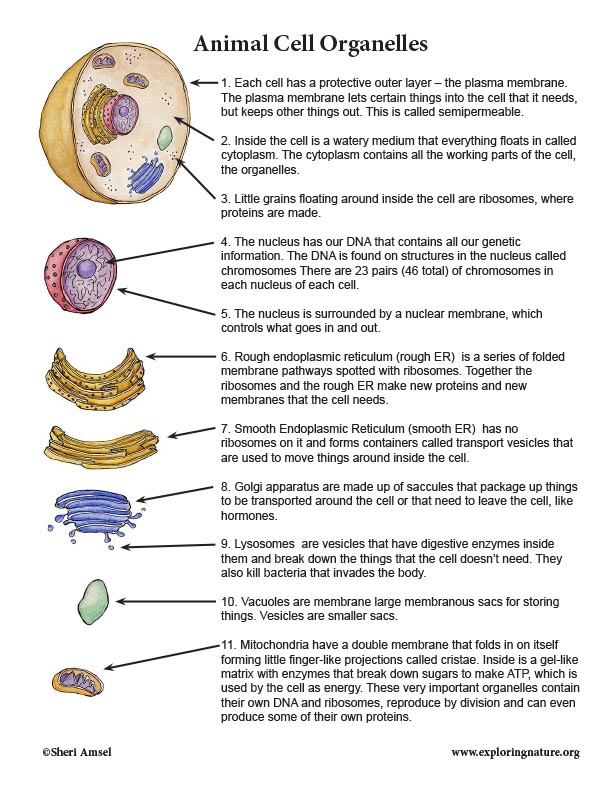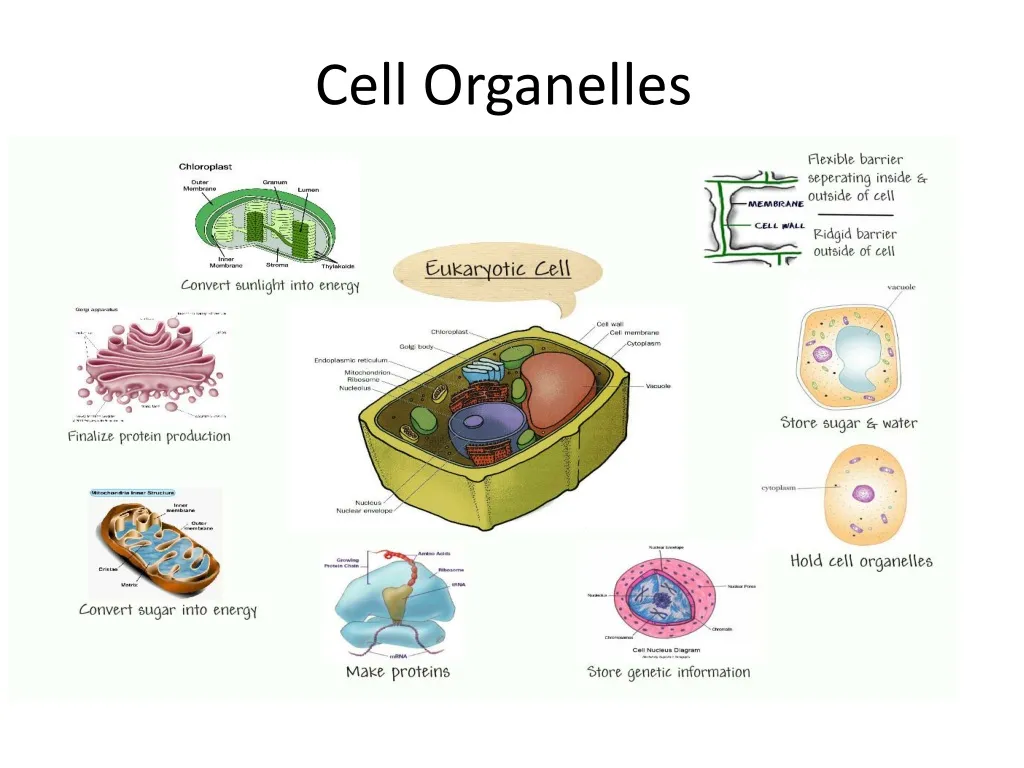


Before these vesicles can fuse with the cell membrane, they must accumulate in number, and require a special chemical signal to be released. Secretion: some proteins are meant to be secreted from the cell to act on other parts of the body.Molecules in this pathway are often protein channels which allow molecules into or out of the cell, or cell identifiers which project into the extracellular space and act like a name tag for the cell. Once the vesicle is made, it moves to the cell membrane and fuses with it. Cell membrane: proteins destined for the cell membrane are processed continuously.Cytosol: the proteins that enter the Golgi by mistake are sent back into the cytosol (imagine the barcode scanning wrong and the item being returned).Thus, the rough endoplasmic reticulum helps cells specialize and allows for greater complexity in the organism. Without an rough endoplasmic reticulum, it would be a lot harder to distinguish between proteins that should leave the cell, and proteins that should remain. Proteins made in the rough endoplasmic reticulum as destined to either be a part of a membrane, or to be secreted from the cell membrane out of the cell. The rough endoplasmic reticulum is continuous with the nuclear envelope, and looks like a series of canals near the nucleus. The protein created from this segment will find itself inside the lumen of the rough endoplasmic reticulum, where it folds and is tagged with a (usually carbohydrate) molecule in a process known as glycosylation that marks the protein for transport to the Golgi apparatus. When a ribosome finds a specific RNA segment, that segment may tell the ribosome to travel to the rough endoplasmic reticulum and embed itself. The rough endoplasmic reticulum is so-called because its surface is studded with ribosomes, the molecules in charge of protein production. However, despite this vast range in size, shape, and function, all these little factories have the same basic machinery. Plant cells have protective walls made of cellulose (which also makes up the strings in celery that make it so hard to eat) while fungal cell walls are made from the same stuff as lobster shells. Nerve cells in giant squids can reach up to 12m in length, while human eggs (the largest human cells) are about 0.1mm across. Just like the organisms they make up, cells can come in all shapes and sizes. Cells make up every living thing, from blue whales to the archaebacteria that live inside volcanos. It’s sending electrical impulses, pumping blood, filtering urine, digesting food, making protein, storing fat, and that’s just the stuff you’re not thinking about! You can do all this because you are made of cells - tiny units of life that are like specialized factories, full of machinery designed to accomplish the business of life. Right now your body is doing a million things at once.


 0 kommentar(er)
0 kommentar(er)
